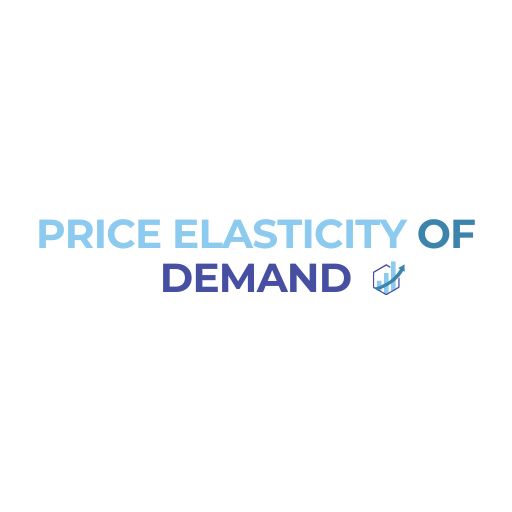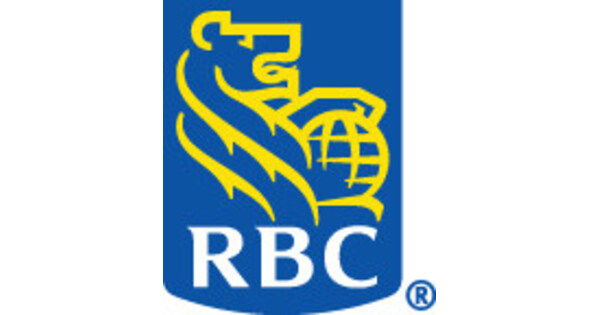Also Read | NFO effect! Sectoral and thematic MFs record over Rs 15,000 crore inflow in December
As said earlier, these schemes have the freedom to invest anywhere depending on the view of the fund manager. For example, he or she might invest more in large cap stocks. Or in a bull market she might invest more in mid cap or small cap stocks. Investors should be extremely careful about this aspect. Investors should make sure that they are choosing a scheme that is in line with their risk appetite. For example, some flexi cap schemes may be more conservative than others. It is for you to identify the one that suits your temperament.
If you are planning to invest in flexi cap funds, here are our recommendations. We will closely watch the performance of these schemes and update you about it every month. Aditya Birla Sun Life Flexi Cap Fund has been in the third quartile for 21 months. UTI Flexi Cap Fund has been in the fourth quartile for 20 months. Canara Robeco Flexi Cap Fund has been in the third quartile for 19 months. PGIM India Flexi Cap Fund has been in the fourth quartile for 11 months.
Best flexi cap schemes to invest in January 2025
Also Read | AMFI Rejig: Swiggy and RVNL among 11 stocks to get largecap status
Here is our methodology:
ETMutualFunds.com has employed the following parameters for shortlisting the equity mutual fund schemes.
1. Mean rolling returns: Rolled daily for the last three years.
2. Consistency in the last three years: Hurst Exponent, H is used for computing the consistency of a fund. The H exponent is a measure of randomness of NAV series of a fund. Funds with high H tend to exhibit low volatility compared to funds. The H exponent is a measure of randomness of NAV series of a fund. Funds with high H tend to exhibit low volatility compared to funds with low H.
i) When H = 0.5, the series of returns is said to be a geometric Brownian time series. This type of time series is difficult to forecast.
ii) When H is less than 0.5, the series is said to be mean reverting.
iii) When H is greater than 0.5, the series is said to be persistent. The larger the value of H, the stronger is the trend of the series
3. Downside risk: We have considered only the negative returns given by the mutual fund scheme for this measure.
X = Returns below zero
Y = Sum of all squares of X
Z = Y/number of days taken for computing the ratio
Downside risk = Square root of Z
4. Outperformance: It is measured by Jensen’s Alpha for the last three years. Jensen’s Alpha shows the risk-adjusted return generated by a mutual fund scheme relative to the expected market return predicted by the Capital Asset Pricing Model (CAPM). Higher Alpha indicates that the portfolio performance has outstripped the returns predicted by the market.
Average returns generated by the MF Scheme =
[Risk Free Rate + Beta of the MF Scheme * {(Average return of the index – Risk Free Rate}
5. Asset size: For Equity funds, the threshold asset size is Rs 50 crore
(Disclaimer: past performance is no guarantee for future performance.)











Leave a Reply